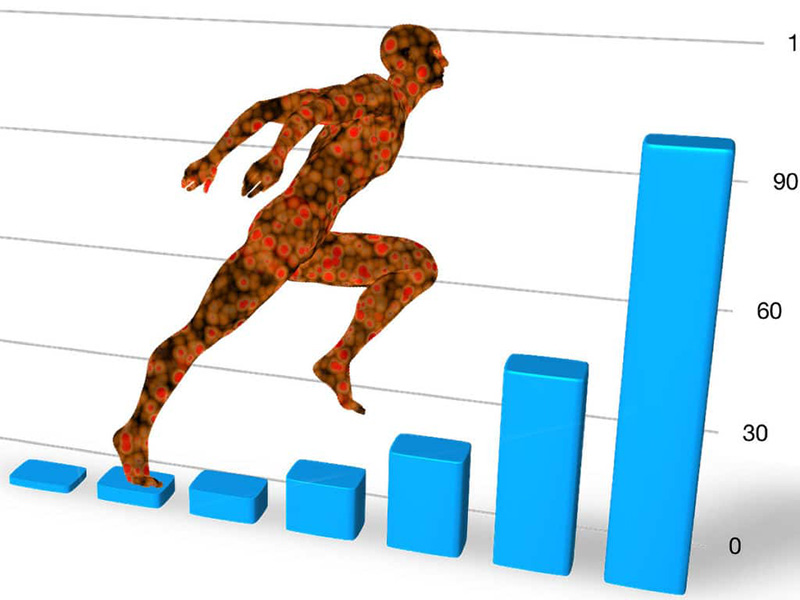The Return On Investment (ROI) of deep learning
Not only results, but also yield and return are important when calculating the return on investment of a machine vision solution. And if the solution is based on deep learning, the returns are even more attractive.
Deep learning offers new opportunities in manufacturing and automated inspection. A successful project can generate cost savings, as well as improve yields and provide a better understanding of one’s manufacturing processes.
Calculating direct ROI is a simple exercise. It is the comparison between the cost of an automated solution and the cost of manual inspection, while also taking into account variations in yield and throughput. This is because the accuracy of results is important, but their continuity is even more so. Where manual processes are used, monitoring that generates statistically valid results is necessary to establish a baseline for comparison. Human judgment is often superior to automated solutions, but most operators can only maintain their concentration for 15 to 20 minutes at a time. Another common source of human inconsistency is job turnover, which can lead to varying skill levels among operators.
But that’s not all: deep learning-based computer vision offers additional benefits beyond those highlighted by the direct calculation of financial ROI:
- Traceability: the ability to document inspection results for you or your customer, as well as the ability to retroactively verify images and inspection results in case of future needs.
- Continuous improvement: saving images and their results allows you to improve systems training, producing increasingly accurate results over time.
- Upstream process control: once a final inspection location has been successfully automated, it is often possible to migrate inspection steps upstream of end-of-line inspection. This reduces costs because it allows defects to be identified earlier, without adding value to already damaged or nonconforming parts.
- Analytics: deep learning-based machine vision can make a great contribution to your overall process improvement initiatives by correlating vision results to other metrics such as: process recipes, component suppliers, equipment differences, line locations, environmental parameters, etc.
More and more industries are using deep learning technology to solve very complicated manufacturing inspections that take time and money to program using traditional rule-based algorithms. It is now possible to automate applications that were not programmable in the past, reducing error rates and speeding up inspection time, thus taking return on investment to new levels.


